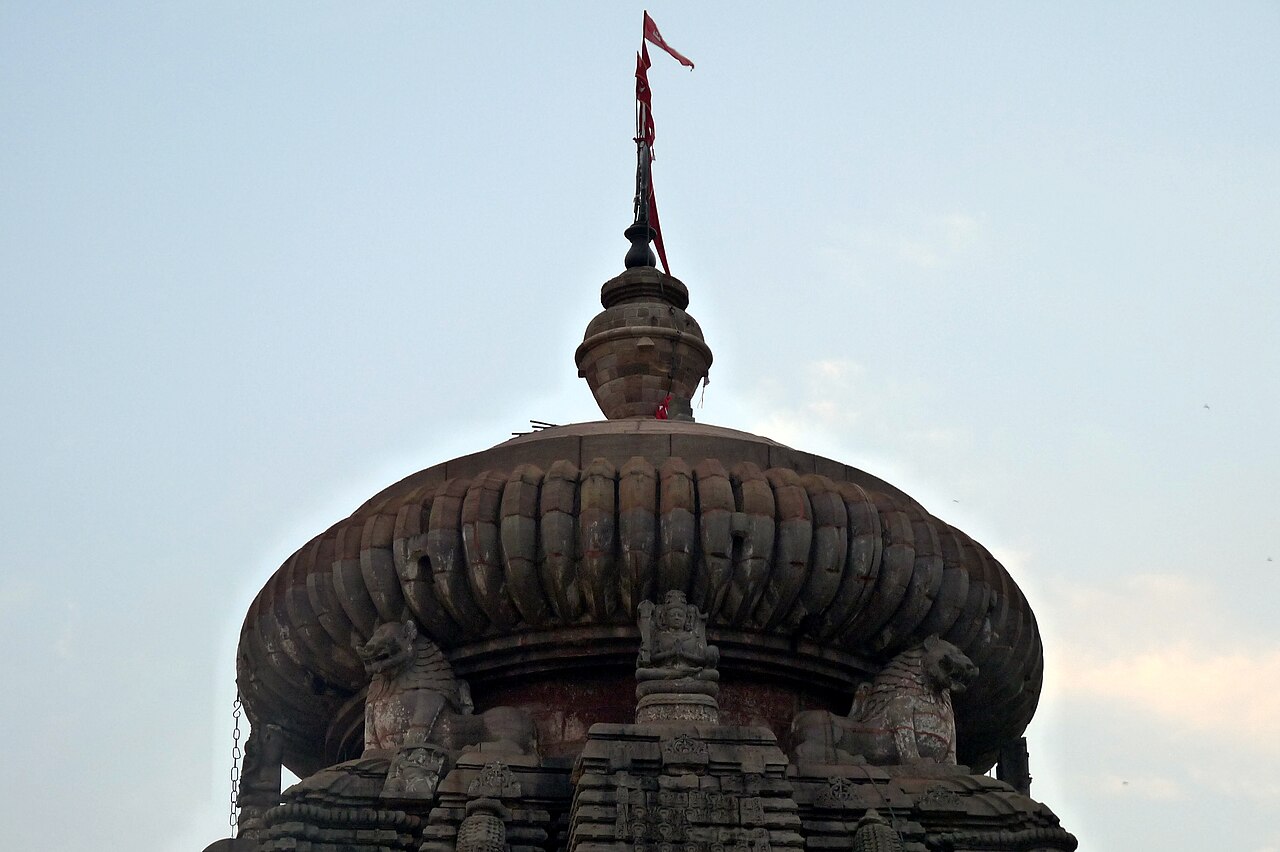Temples are remarkable for their intricate designs and symbolic elements. One of the most significant features in temple architecture is the dome. This article explores why domes are important in temple design and how they enhance the spiritual and aesthetic experience.
Historical Significance
Domes have been a prominent feature in temple construction for centuries. Historically, they were used to symbolize the heavens and the divine. In ancient temples, the dome was a way to represent the sky and the cosmic universe. This architectural element not only provided a grand and majestic appearance but also served a symbolic purpose, reflecting the temple’s role as a bridge between the earthly and the divine.
Structural Benefits
From a structural standpoint, domes offer several advantages. They can cover large spaces without the need for many supporting columns, creating a vast and open interior. This is especially important in temples where large gatherings and ceremonies are held. A well-designed dome allows for an uninterrupted central space, which can be essential for both the aesthetic and functional aspects of the temple.
Additionally, domes contribute to the overall stability of the building. Their shape distributes the weight of the structure evenly, reducing the risk of structural failure. This is why many temple construction contractors consider domes a critical component in their designs. A dome can enhance the durability and longevity of a temple, making it a practical choice for long-term use.
Aesthetic Appeal
Aesthetic considerations also play a crucial role in the importance of domes in temple design. The dome often serves as a focal point of the temple’s architecture, drawing the eye upwards and creating a sense of grandeur. The intricate designs and carvings on the dome can enhance the visual appeal and spiritual atmosphere of the temple. For a temple contractor, incorporating a dome into the design can transform a standard building into a striking and memorable landmark.
The dome’s shape and decoration are not just for show; they also contribute to the temple’s overall ambiance. The open space beneath a dome can create a sense of awe and reverence, which is integral to the temple’s purpose as a place of worship. By focusing on the dome’s design, a temple contractor can help ensure that the temple fulfills its spiritual and community roles effectively.
Symbolic Significance
In many cultures, domes are seen as symbols of the heavens or the divine. This symbolic meaning adds to the spiritual significance of temples. The dome often represents the cosmic realm and serves as a visual reminder of the temple’s connection to higher spiritual realms. This symbolism is an important consideration for any temple construction contractor, as it helps to ensure that the temple’s design aligns with its intended spiritual messages.
Conclusion
Domes are a fundamental element in temple design due to their historical significance, structural benefits, aesthetic appeal, and symbolic meaning. They provide a majestic and functional component that enhances the overall design and purpose of the temple. Whether through their grand appearance or their symbolic representation, domes continue to play a vital role in temple architecture. For those involved in temple construction, understanding the importance of domes is crucial to creating spaces that are both beautiful and meaningful.

